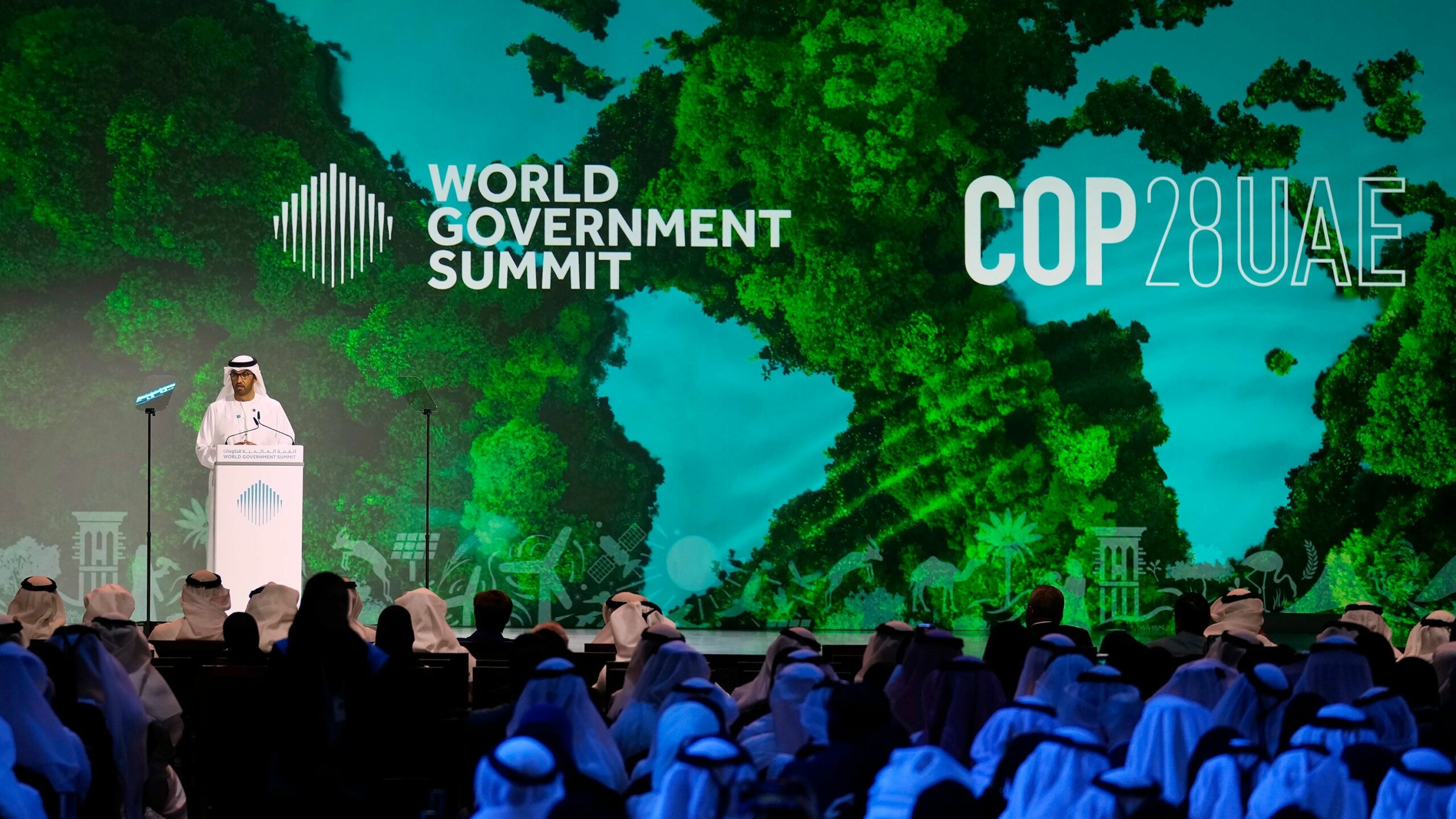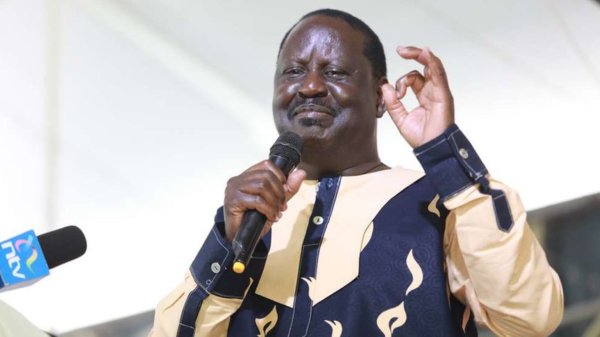
Delegates at this year’s UN COP28 climate summit are eager to add tangible measures to the world’s climate crisis agenda by reducing methane, the second-most prominent glasshouse gas.
While more than 150 countries have pledged to reduce methane emissions by 30 percent from 2020 levels by 2030 under the US-led Global Methane Pledge, few have defined how they would do so.
According to the United Arab Emirates’ COP28 chair, what is needed now is to put those pledges into immediate action, including financial support for developing nations’ efforts and national rules governing methane-emitting sectors such as oil and gas and agriculture.
Some oil and gas companies have so far participated in voluntary programmes to monitor or reduce their methane emissions, but it is unclear which companies will join the UAE’s call for formalised efforts.
The UAE has called on the oil and gas industry to phase out its methane emissions by 2030 and wants a final agreement to include firm plans for turning past pledges into action, according to a spokesperson for the presidency.
Methane emissions from the energy industry totaled 135 million metric tonnes last year, slightly more than the previous year. According to climate experts, integrating methane measures in a legally binding summit deal is a top priority.
While methane has a higher warming potential than carbon dioxide, it degrades in the atmosphere in years rather than decades. As a result, reducing methane emissions can have a more immediate influence on addressing the climate issue.
“If it’s just a pledge, it will land with a thump,” said Rachel Kyte, the World Bank’s former climate envoy. “The UAE needs to commit companies and countries to sit down and negotiate a binding agreement to X-out methane.”
China revealed its long-awaited methane plan this month, while the EU decided to establish methane emissions limitations on Europe’s oil and gas imports beginning in 2030, putting pressure on overseas suppliers to reduce methane leakage.



































































